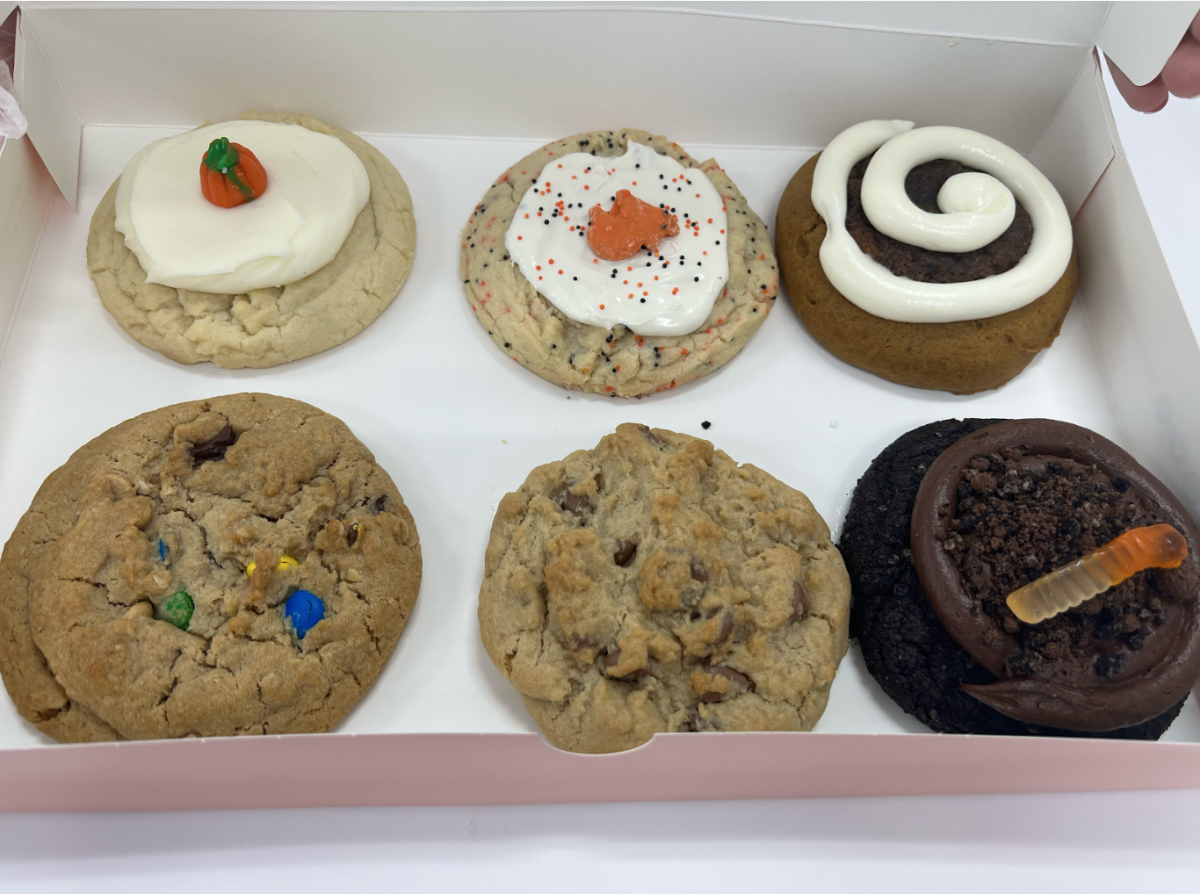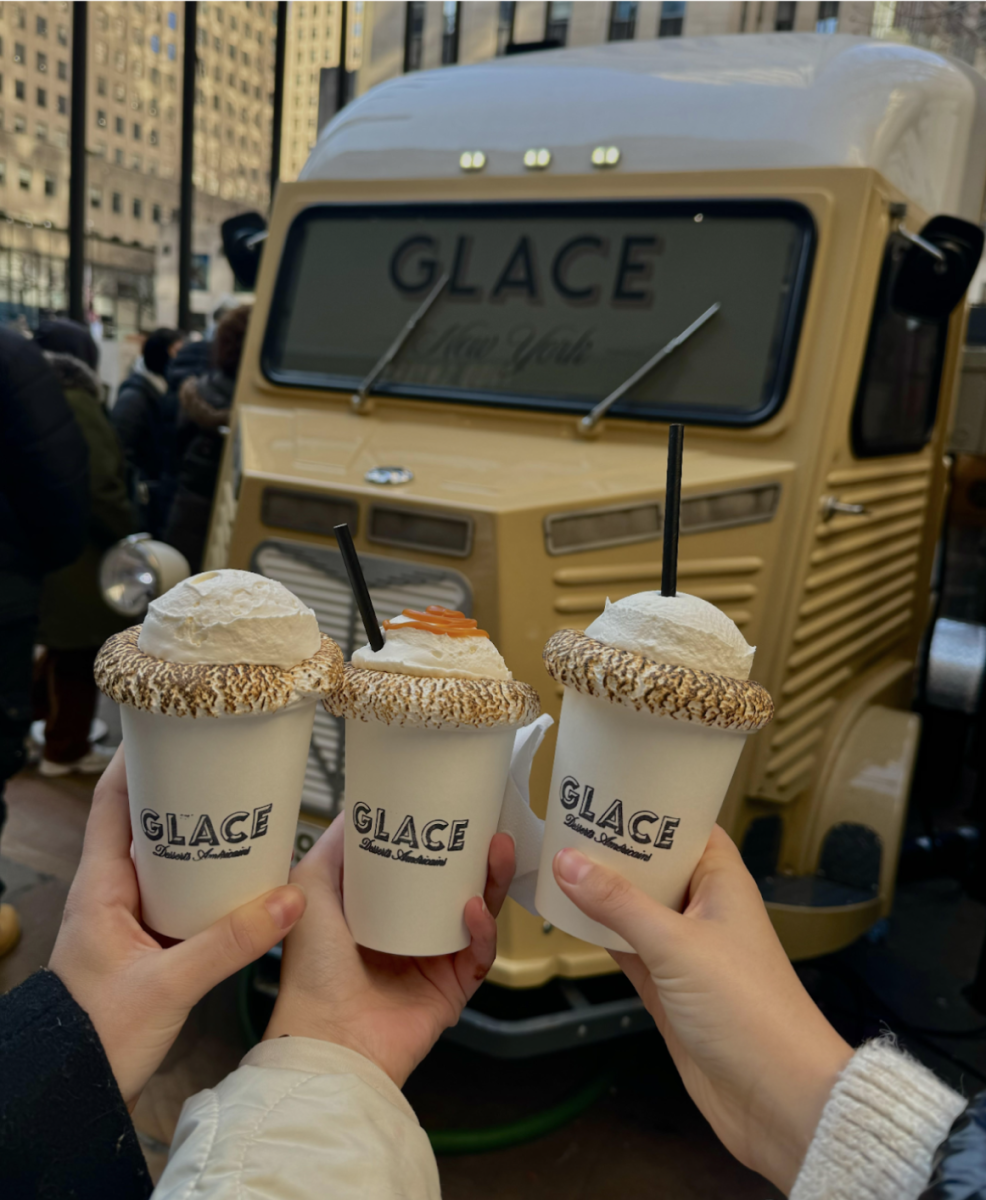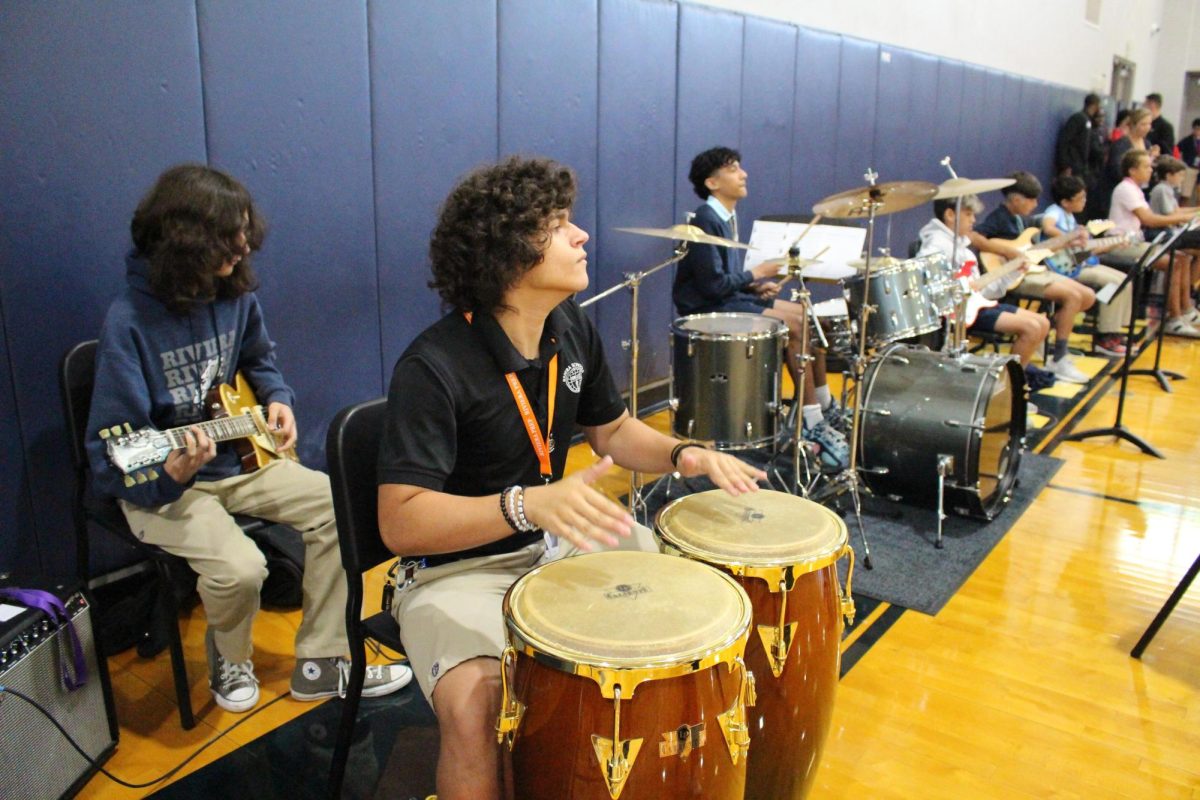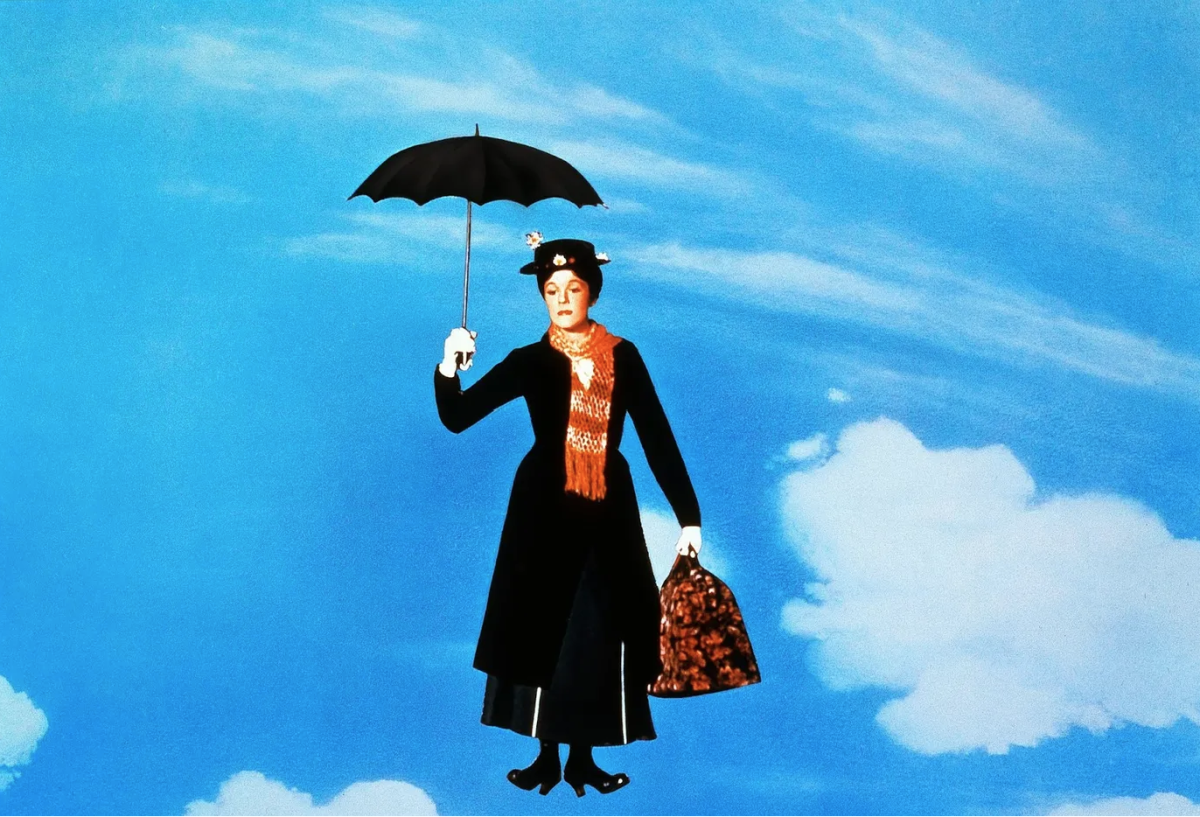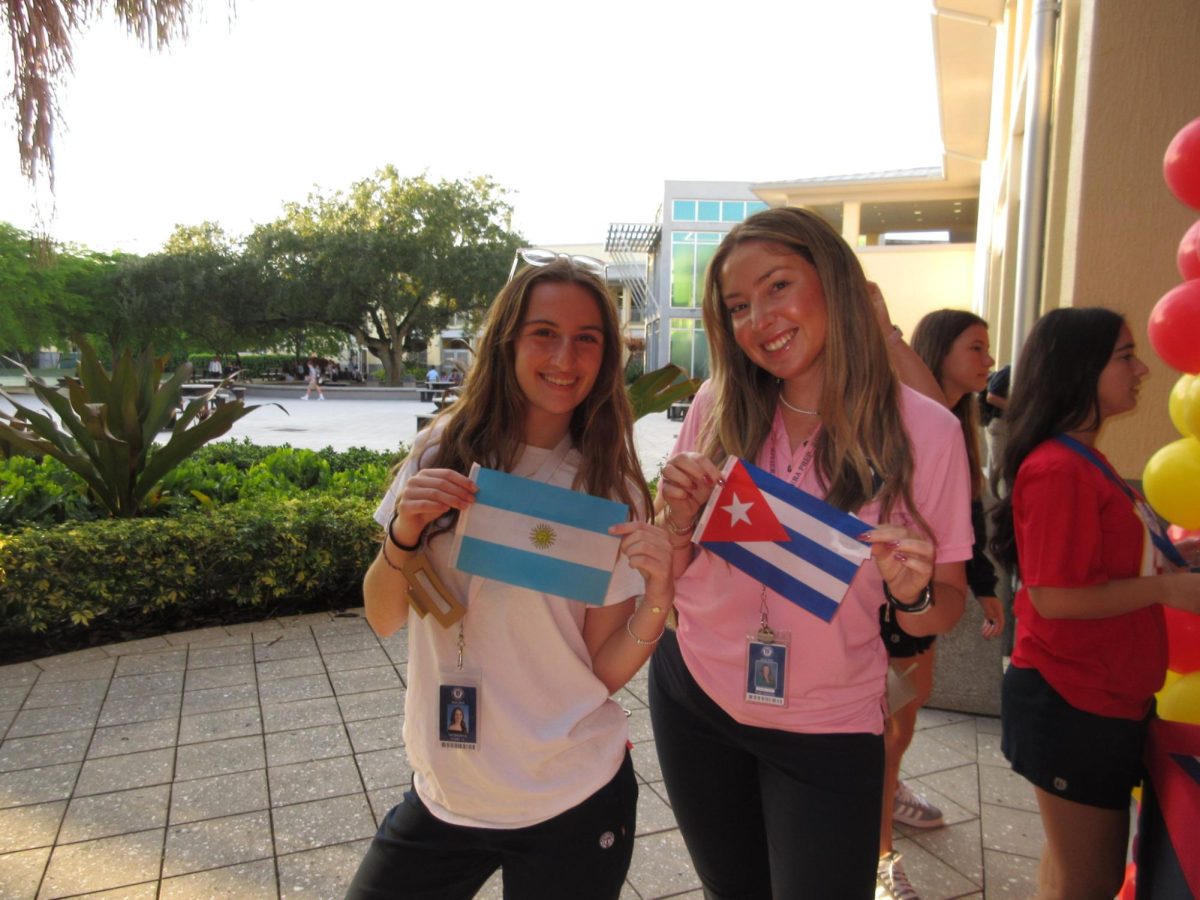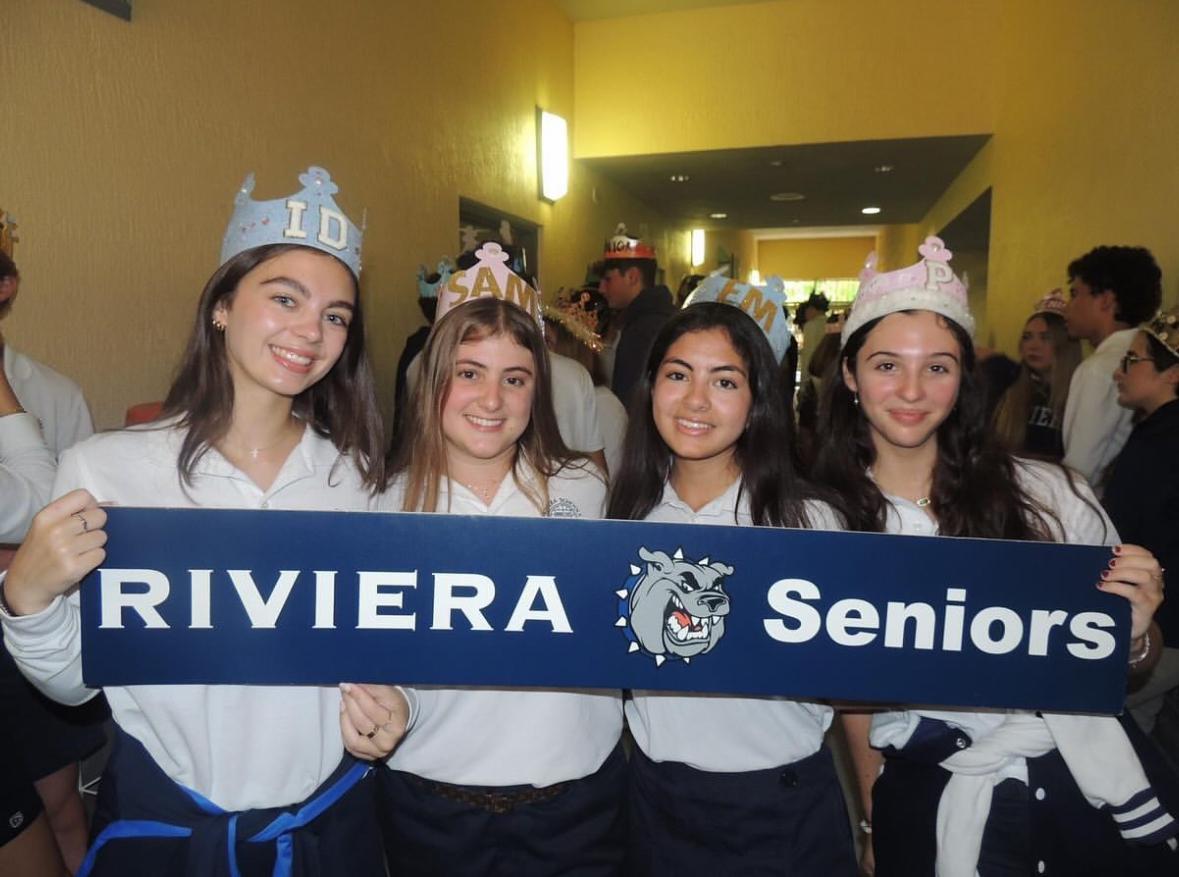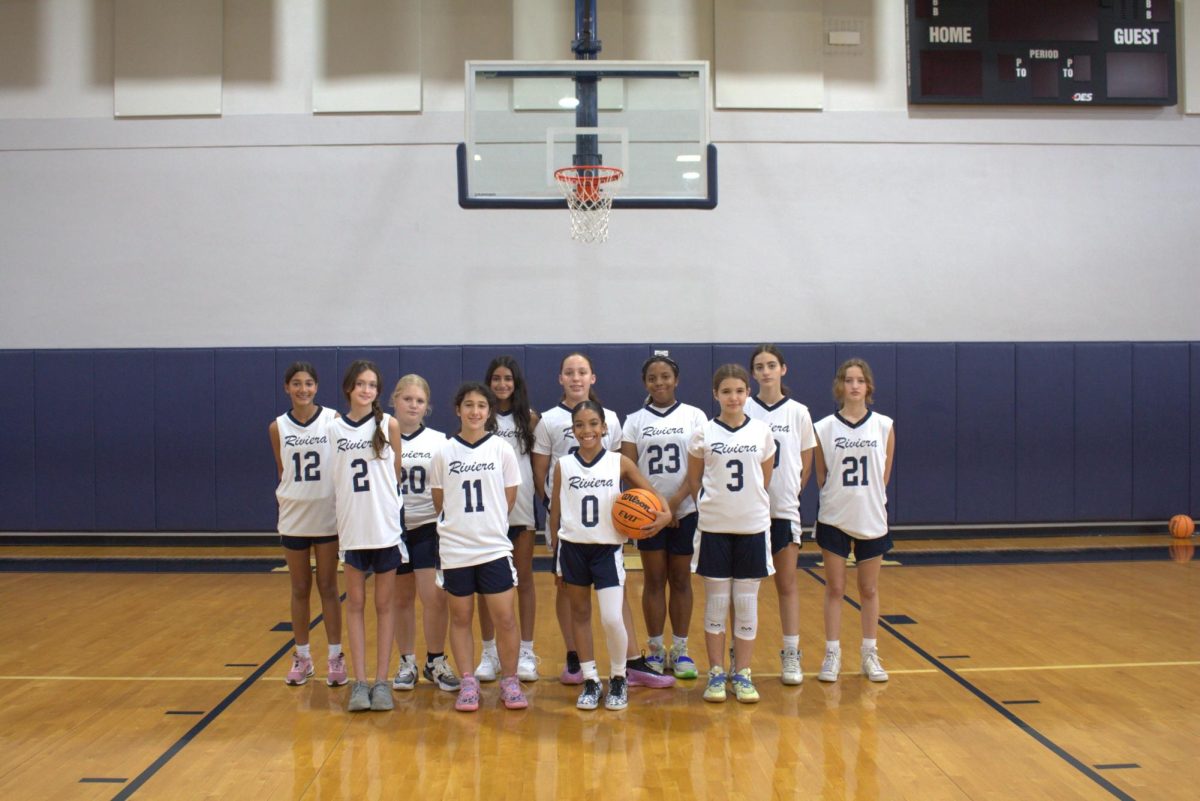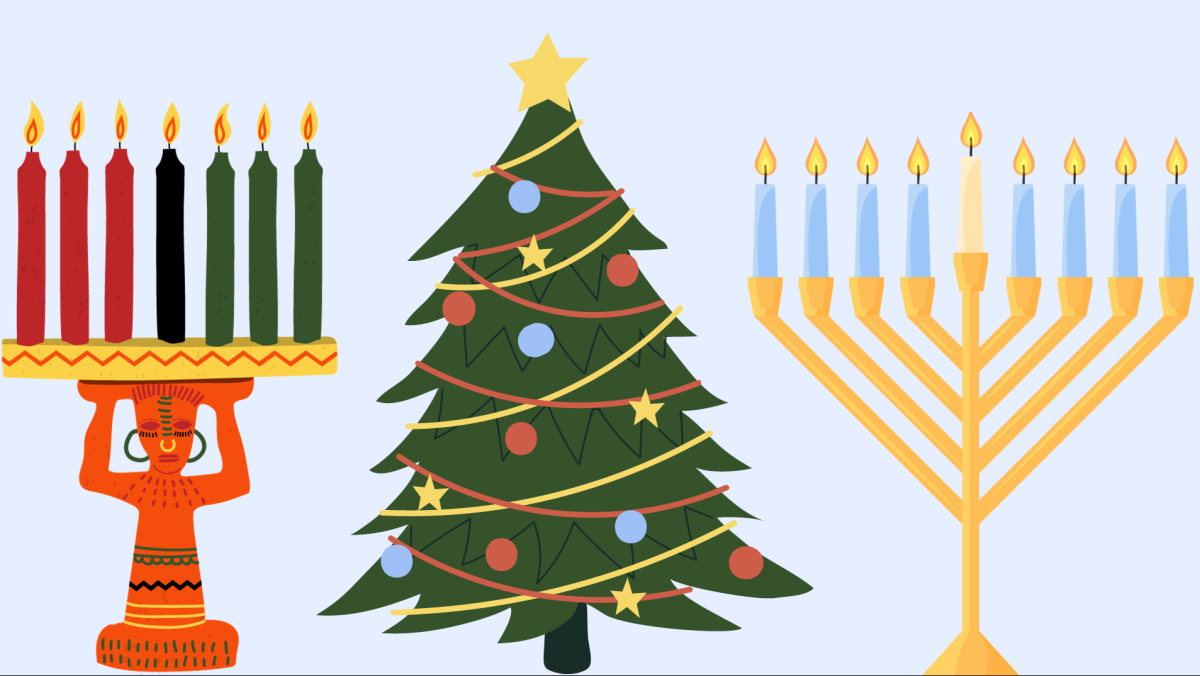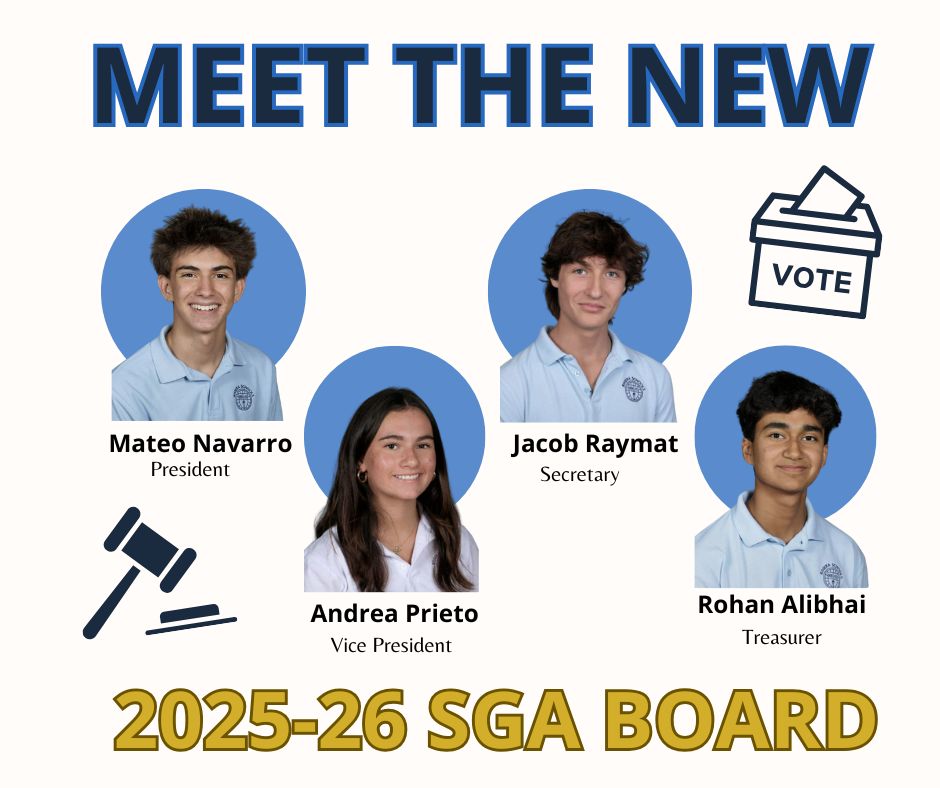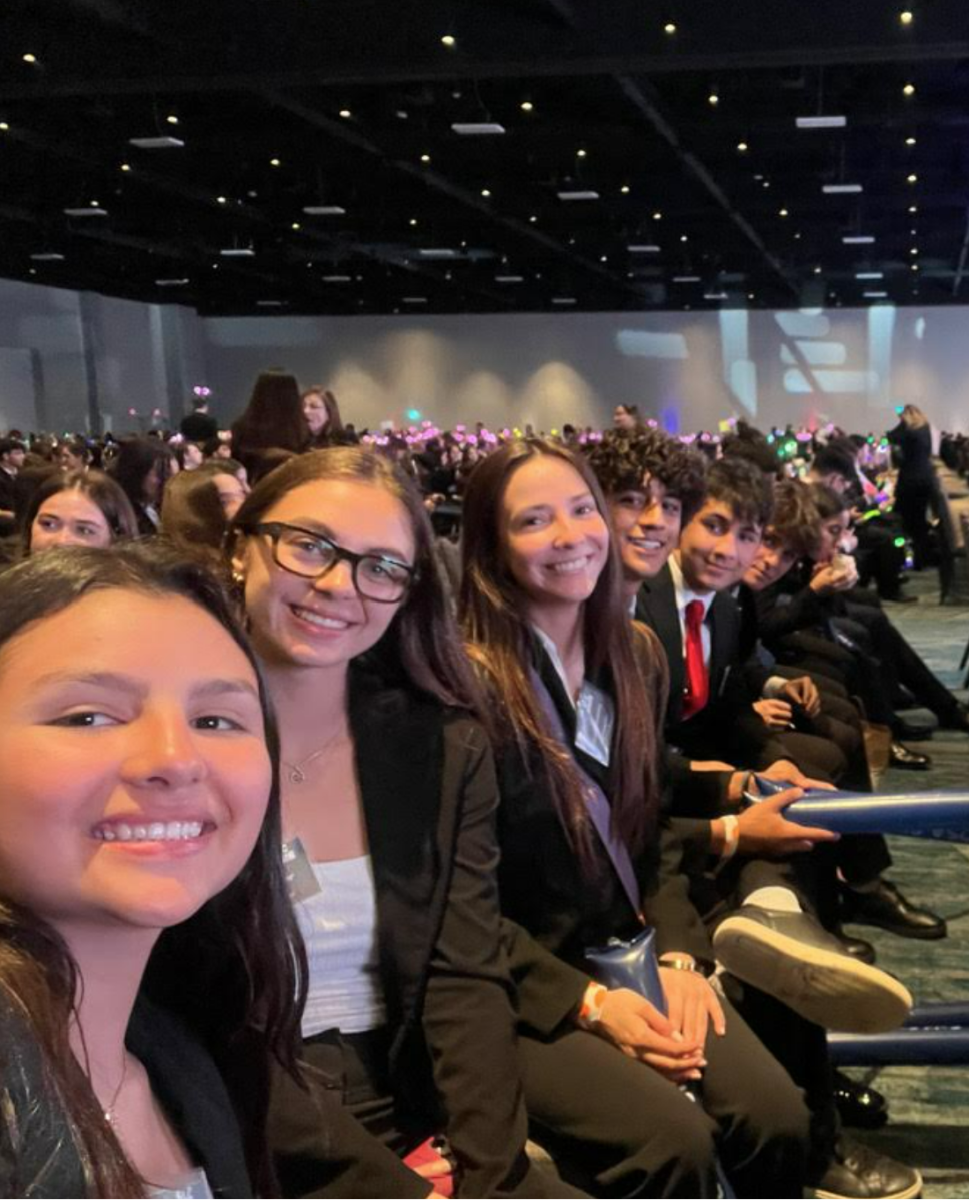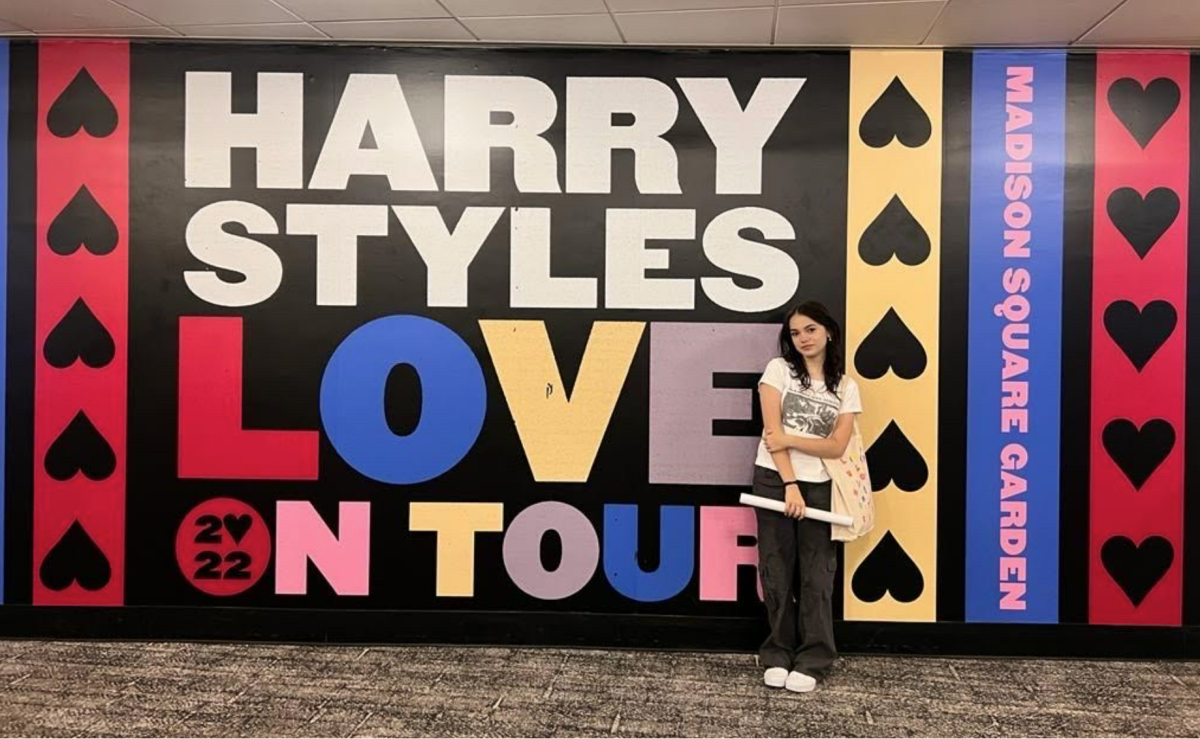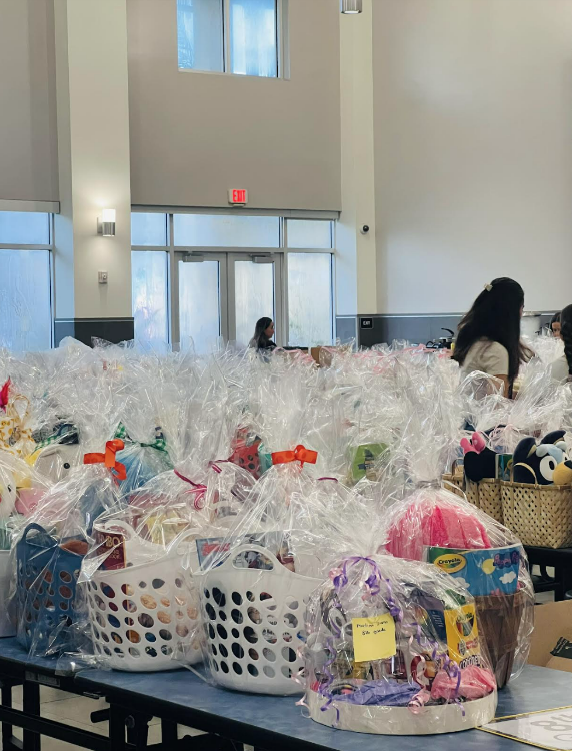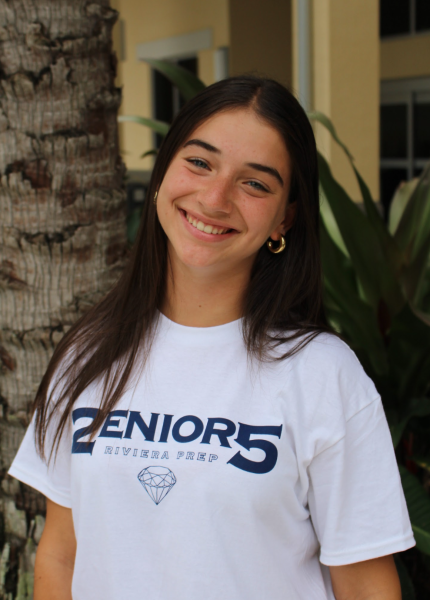As December unfolds, we’re ushered into a season of diverse celebrations such as Christmas, Hanukkah, and Kwanzaa. While each bears distinct origins, traditions, and practices, they collectively contribute to the rich tapestry of our student community. A considerable number of our peers engage in commemorating at least one of these three holidays. Let’s delve into a brief historical overview of each to enhance our understanding.
Christmas
Celebrated on December 25, Christmas marks the anniversary of the birth of Jesus Christ, the spiritual leader whose teachings shaped the foundation of Christianity. Before Jesus, early Europeans commemorated birth and light in the depths of a dark winter. Many people were delighted during the winter solstice when the worst of the winter was in the past and they could look forward to longer days and hours of sunlight. Over the centuries, Christians began to combine the birth of Jesus Christ with the winter solstice celebration. December 25 was the day decided to celebrate both historical events.
Over time, stores in America started to use the aesthetic of Christmas to advertise in 1820, and by 1840, newspapers across the country carried Christmas ads featuring the mystical figure Santa Claus.
The St. Tammany Parish Library states, “In 1841, many children traveled to Philadelphia to see a life-size Santa model. As time passed, the lure of Santa and Christmas continued to increase in popularity in the United States.” During the time leading up to Christmas, many brands developed special ways to celebrate the holiday. One example is advent calendars. An advent calendar is a box containing small numbered flaps, one of which is opened on each day from December 1 to the 25th, typically to reveal an item from that brand.
Another classic is decorating the Christmas tree. Before Christianity bloomed, many people across the globe dressed up their homes with festive decorations such as spruce, pines, and fir trees. It was an ancient belief that these evergreens would scare away evil spirits. Germany is typically credited with the “Christmas tree tradition.” In the 16th century, Christian families introduced the tradition of bringing pine trees into their homes and adorning them. It is widely believed that the Protestant reformer added the first lighted candle to his tree during the same era. In the 1830s, German settlers inspired the American adoption of placing pine trees in homes, originating from their tradition. Today, families worldwide continue the age-old tradition of decorating their trees with various ornaments. These decorations often include special symbols or objects that hold significance for their family.
We were curious to see how our students, who celebrate Christmas with their families, observe modern holiday traditions compared to their traditional roots. We spoke with Sofia Croes Roure, who shared her pre-Christmas and Christmas day plans. “I spend the holidays with my family. Usually, on Christmas Eve, I have dinner with my grandparents, and then I open all my presents with my sister and parents on Christmas morning.”
Aside from the joy of exchanging gifts and delicious traditional meals during the holidays, many of our students feel that the season revolves around special moments spent with family. One of our eighth graders, Ines Gomez Mont, shared her plans, “I spend my holidays at home, celebrating Christmas with my family.”
Although gift giving is part of the holidays some students have unique traditions on how they open their gifts. “Every year, my family and I give each other funny gifts, and we all sit together, and usually we go to this one place in my house, the living room, where we never sit, and my younger sister, Zaina, goes first, then me, and then my older brother Farris goes, and then my mom and dad. We go in that order until everyone has received their gift, and we all laugh together.”
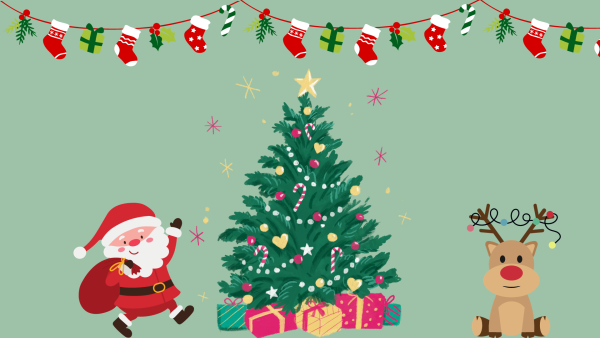
Hanukkah
Hanukkah, heralded as one of the most anticipated holidays in the Jewish calendar, holds a distinctive place among various Jewish celebrations. Unlike several other Jewish holidays, Hanukkah, also known as the Festival of Lights, is explicitly recognized in the Torah, specifically in Maccabees I and II—a pair of books that house later collections of the Apocrypha writings.
Hanukkah celebrates the miracle of light that occurred when Judah gave the Temple, the most sacred place for the Jews at the time, to the Jewish God. According to the Talmud, the Seleucids left only one oil vial to light the Temple’s candelabrum for one day. However, it burned for eight days, allowing the Judeans to secure more oil successfully. Then, the miracle of a beloved holiday became the foundation to thank God and commemorate the victory of light over darkness. The word “Hanukkah” means dedication, which is why the festival celebrates the purification and rededication of the Temple following the Greek occupation of that holy place. As stated by Study.com, “The first menorah was, according to Jewish religious tradition, constructed to satisfy a commandment from God in Exodus 25: “You shall make a lampstand of pure gold; the lampstand shall be made of hammered work; its base and its shaft, its cups, calyxes, and petals shall be of one piece.”
This year, the holiday was celebrated starting on December 7, marking the initiation of a tradition where one candle was lit on the menorah each day for eight days. Throughout this period, participants allowed the lit candles to burn until their natural end. Alongside this ritual, festive games such as the dreidel game were played; players contributed a game piece to the pot after their turn, and the outcome of the dreidel spin determined whether they gave or took game pieces from the pot.
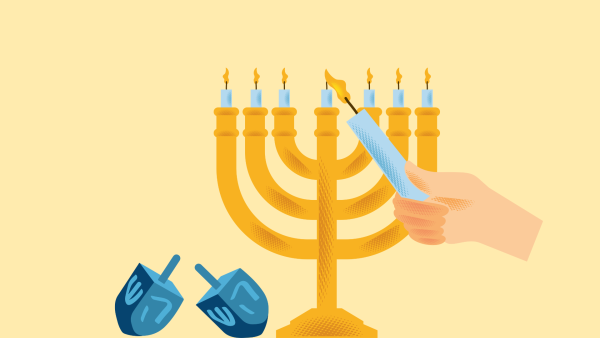
Kwanzaa
Compared to the previously mentioned Kwanzaa, is a relatively new holiday, created in 1966 by Maulana Ron Karenga, an American author, activist, and professor of African studies. Kwanzaa is an African-American holiday that celebrates the values, families, communities, cultures, and histories of African Americans and Pan-Africans. The holiday is celebrated from December 26 to January 1 each year. The holiday is anchored by seven principles, symbolized by seven distinct candles. These principles, known as Umoja (Unity), Kujichagulia (Self-Determination), Ujima (Collective Work and Responsibility), Ujamaa (Cooperative Economics), Nia (Purpose), Kuumba (Creativity), and Imani (Faith), form the core foundation of the celebration.
During the week-long celebration of Kwanzaa, families, communities, and cultures come together to enjoy a feast featuring a variety of traditional foods such as catfish, collards, jerk chicken, and accras—Caribbean fritters. They also honor their ancestors and celebrate their culture. According to the National Museum of African American History and Culture, “each day they light a candle to highlight the principle of that day and to breathe meaning into the principles with various activities, such as reciting the sayings or writings of great black thinkers and writers, reciting original poetry, African drumming, and sharing a meal of African diaspora-inspired foods.” Along with that, families that celebrate Kwanzaa place essential items on their table, such as the Kinara (Candle Holder), Mkeka (Mat), Muhindi (corn to represent the children), Mazao (fruit to represent the harvest), and Zawadi (gifts).
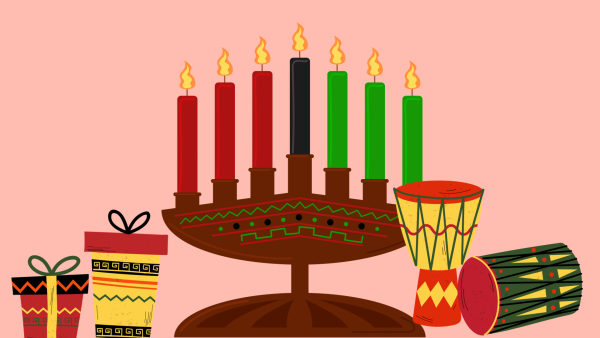
Thinking back to those special times spent with our families during the holidays, it’s clear that these memories hold a unique and irreplaceable place in our hearts. After sharing about her plans this year Gomez Mont described one of her special holiday memories, “my favorite memory during the holidays is going to Vail, Colorado, with my family.” Abusad told us the holiday memory she was most fond of was when she received a special gift, “I got a snowcone machine because usually, like I said, my family gives each other gag gifts, and that year was a nice, fun one. I used it so much that it broke in a month, but it was worth it.”
In the end, December holds an extraordinary place in people’s hearts. Not simply because of the holidays they celebrate, but because of the memories they cherish and why they celebrate.


